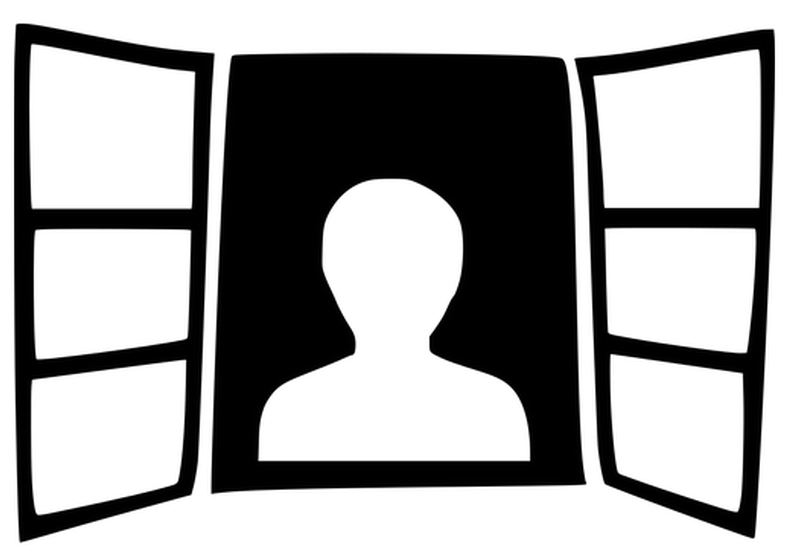
In order to develop consistency across the different Case Study stories collected we use the following shared framework.***
Format
Each asking the same set of questions.
Each video/audio recording should also contain an addition 5-10 minutes free form conversation by the interviewee.
The video/audio should be uploaded into the edgeryders vimeo/soundcloud account, then embedded in a written post summarising the main points from the interview, as well as the author’s reflections.
Questions
Tell me/us about your project/work?
- How you got started and current situation
- Who's involved: Who is in the team? Roles and responsibilities? Skillsets (what are individual team members good at?) Any partnerships?
- Hypothesis guiding the work: "I believe that to achieve x, we need to do y, through z"
- What your main objectives are/why you do this?
- What you enjoy about the work and what you enjoy less?
- What kinds of tasks do you do on a regular basis? Yearly, monthly, weekly, daily
- What, other than money, do you think could help you in your work?
- What help could you offer others and under which conditions (assuming no money is involved)?
Deeper questions: What should those who really wish to understand the work know?
What do you produce/offer
- Products or services that you currently produce?
- How do you go about doing this- what steps are involved? Technologies or processes used?
- Costs: What expenses are involved? Who benefits from the work? Who currently supports it, how and why?
- Existing alternatives: Who else is doing similar or relevant work/offering similar things- locally and or elsewhere?
- Important players affecting the work? (locally and internationally)
- Long term perspective: any Business or sustainability plan?
- Transportation and logistics?
- Regulation and policy affecting this?
- What do you believe are the most important projects locally that are relevant to the work you are doing at this moment?
What does the concept of pooling resources mean to you?
How about the concepts of Collaboration …and Mutual Support?
Content guidelines
How to document the interview: First person or third person perspective?
Use first-person speech for the answers of the interview, and first-person remarks and introduction by the interviewer, all combined into a nice narrative format. See the interviews in the Future Makers Nepal space done by Dipti and Annu from our team so far: https://edgeryders.eu/en/future-makers-nepal/group-that-acts-together-part-2 , https://edgeryders.eu/en/future-makers-nepal/photographing-nepal-earthquake-2015,
What makes a good case study: focus on methodology, motivations and insights
Look at this story, this one as well as this one to get an idea of what we are looking for. If you want to attract help and support from other participants then we suggest that you adopt a working-out-loud approach.
*This framework is based on the one developed for the Case Study Adventures on Stewardship for LOTE4 here.
** Icon created by misirlou from the noun project.